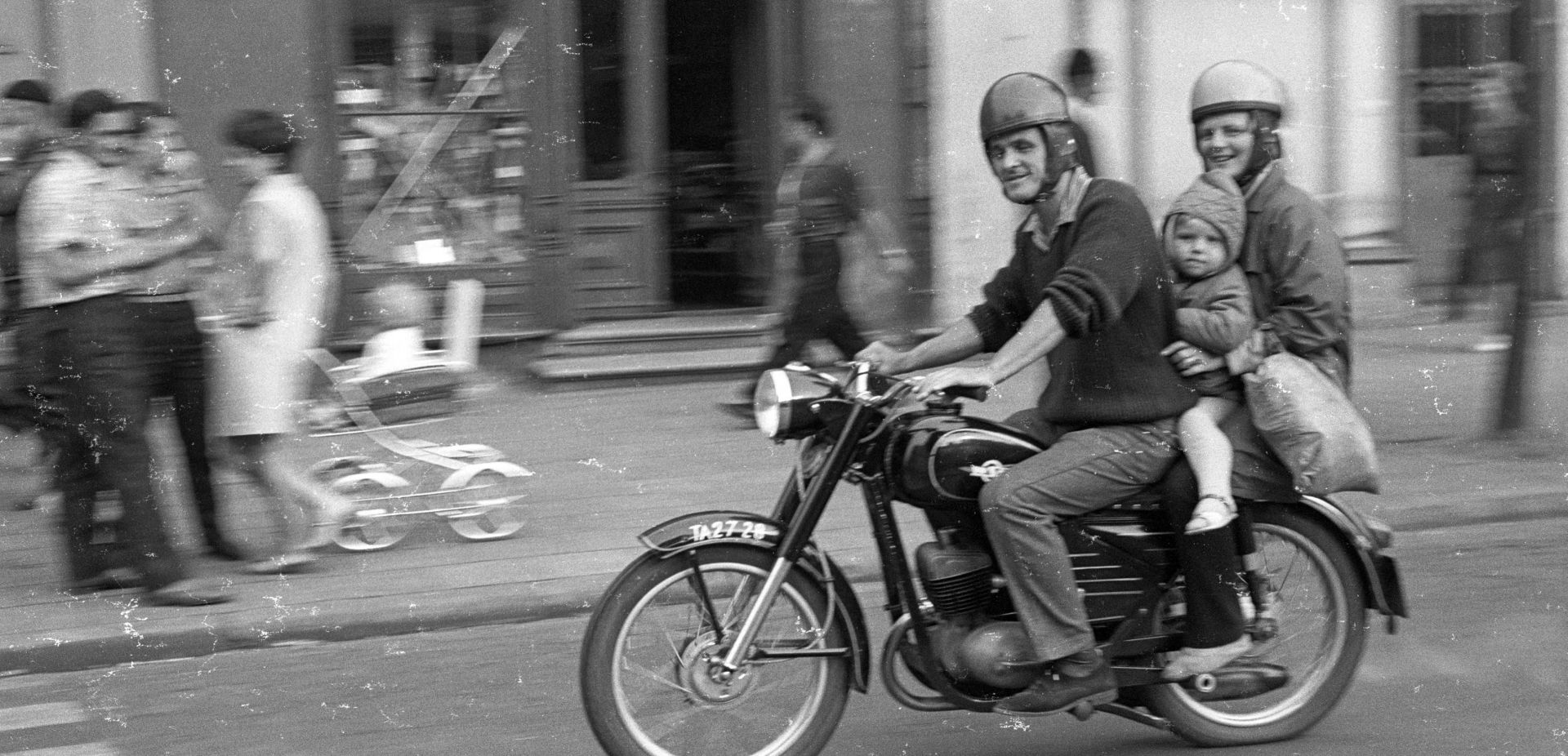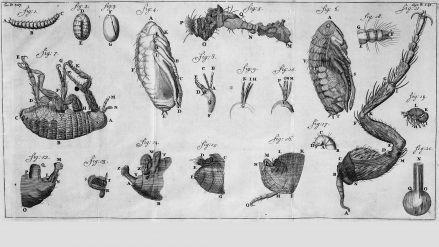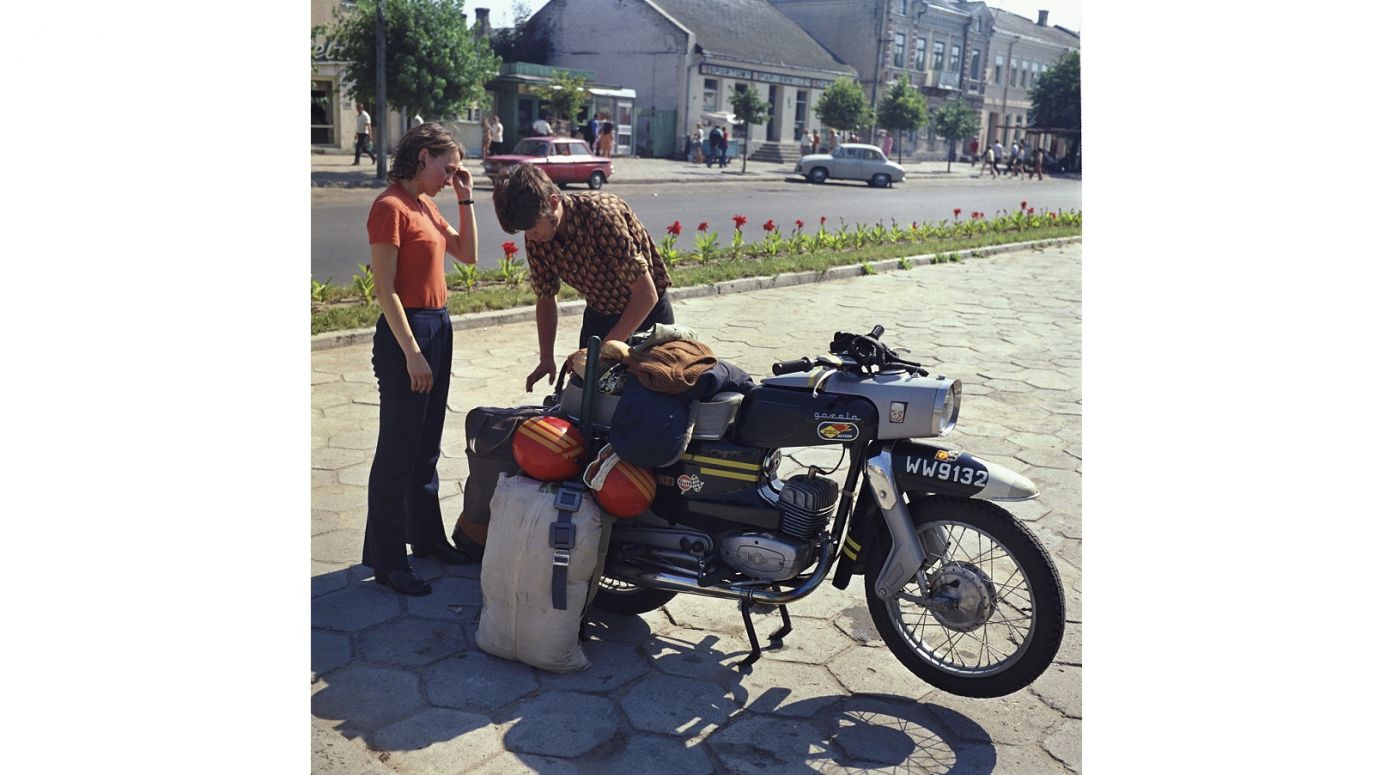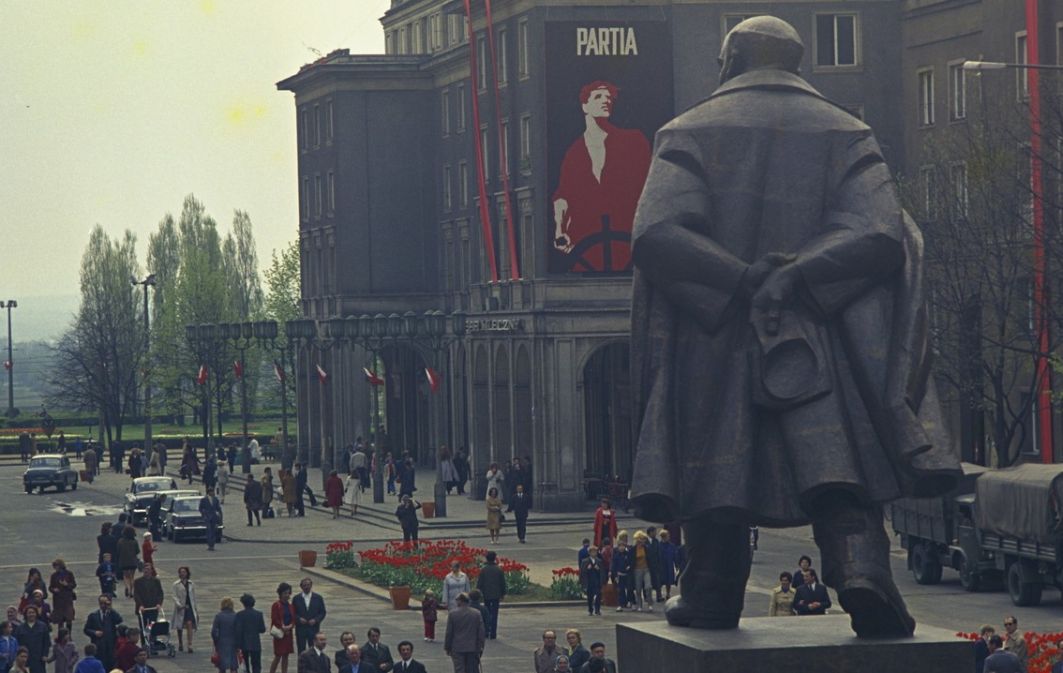TVP WEEKLY: Motorbike production ceased in Poland in the 1980s. Actually, why?
ANDRZEJ S. POŁOSAK: In the late 1960s and early 1970s, Poland was the third largest motorbike manufacturer in the world. These were mostly simple machines for everyday use, powered by two-stroke engines. However, the production - around 300,000 unicycles per year - put the People's Republic of Poland among the world potentates of the industry. Despite this, the Polish motorbike industry was driven into decline. The decision to cease motorbike production was political-administrative, not market-driven.
What were the reasons for this?
The party's 'economic macheros' saw motorbikes of domestic production as redundant products. In a situation of increased interest in cars, the declining demand for motorbikes was to be met by imports from the socialist countries, Czechoslovakia, East Germany and the countries of the so-called second payment area: Italy, France and Spain. Motorbike factories were to be re-branded.
Let us recall that in the second half of the 20th century. Poland was a real socialist state where the economy was almost entirely controlled at the central administrative level.
"Minor stabilisation", or the period of the governments of Władysław Gomułka, Józef Cyrankiewicz and Aleksander Zawadzki, was characterised by the fact that political terror eased and Polish society began to slowly but consistently grow richer. Motorbikes were then regarded as everyday vehicles, often as a means of transport for the whole family. However, the prevailing weather in our country for most of the year is not kind to motorcyclists. And on the other hand, the enrichment of society has led to a decline in interest in motorbikes and rekindled the dream of the passenger car.
 SIGN UP TO OUR PAGE
SIGN UP TO OUR PAGE
 So what was the process of phasing out motorbike production like?
So what was the process of phasing out motorbike production like?
It took place gradually. The decision was taken as early as 1964 at the 4th Congress of the Polish United Workers' Party. The first to cease production was the Warsaw Motorcycle Factory, which was merged with the Polish Optical Works (PZO) and took over their production profile. In 1965 the production of Junaks was terminated at the Szczecin Motorcycle Factory. The plant was renamed the Car Mechanisms Factory. The new production profile involved manufacturing drive shafts for all types of vehicles, including fishing boats. The last motorbike left the production line of the Kielce Metal Works (KZWM), which produced SHL branded motorbikes, in 1970. KZWM switched to the production of cabs for Jelcz trucks and, following in the footsteps of pre-war traditions, to the production of metal components for the army. Motorbike production lasted longest at Technological Equipment Plant (Wytwórnia Sprzętu Komunikacyjnego) in Świdnik, where WSK-branded machines were produced. The reasons for maintaining motorbike production at these plants for so long, contrary to what was agreed at the 4th Congress of the Polish United Workers' Party, are somewhat more complicated.
So?
Wytwórnia Sprzętu Komunikacyjnego PZL-Świdnik belonged to United Aviation and Engine Industry PZL. Its main products were aircraft and helicopters. Motorbikes were a side production. The plant, from the military point of view being a strategic enterprise, was always generously subsidised. Motorbike production also benefited from this. In my opinion, it was the separate ownership and organisational structure of Wytwórnia Sprzętu Komunikacyjnego in Świdnik that caused motorbike production to last the longest in the Lublin region.
The decline in demand for motorbikes in the late 1970s and early 1980s led to a bizarre situation: at a time when thousands of Poles were making down payments or queuing for years to become owners of the now iconic Fiat 126p, dust was gathering on the motorbikes awaiting customers.
To which countries were motorbikes exported?
Motorbike exports to the COMECON and other socialist countries were marginal. Even more surprisingly, apart from isolated cases, Polish unicycles were not exported to the Soviet Union. The best export markets for Polish motorbikes were Western European countries, Asia and the United States. Junaks were exported to dozens of countries around the world. However, the most noteworthy export episodes of communist-era unicycles are connected with SHL, WSK motorbikes and Osa (Wasp) scooters.

 SIGN UP TO OUR PAGE
SIGN UP TO OUR PAGE
 So what was the process of phasing out motorbike production like?
So what was the process of phasing out motorbike production like? 





